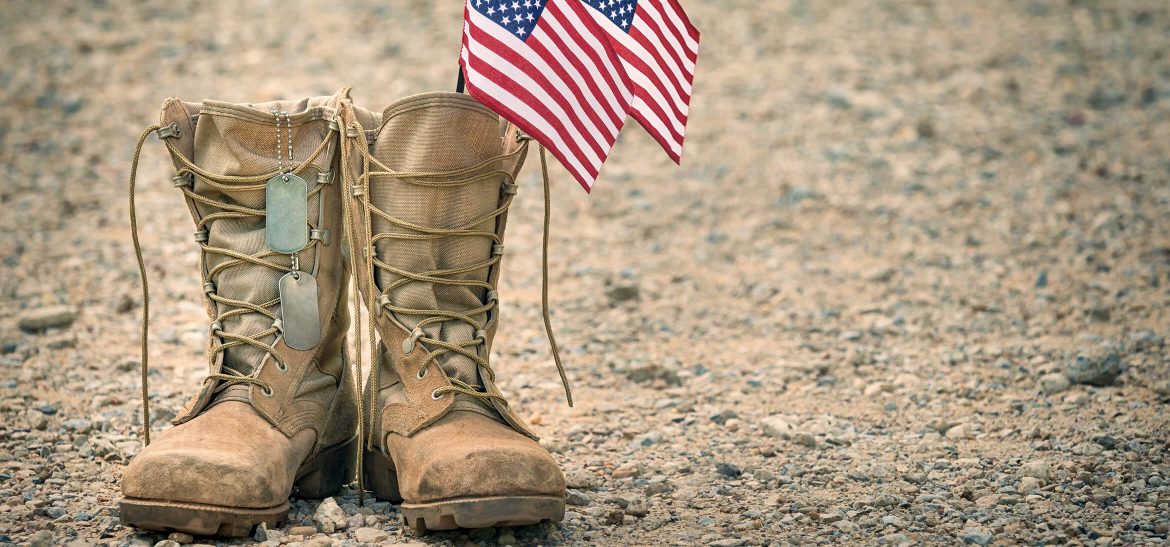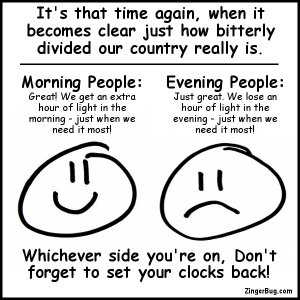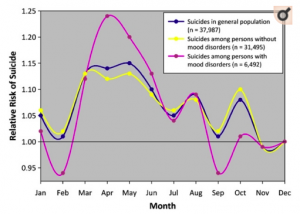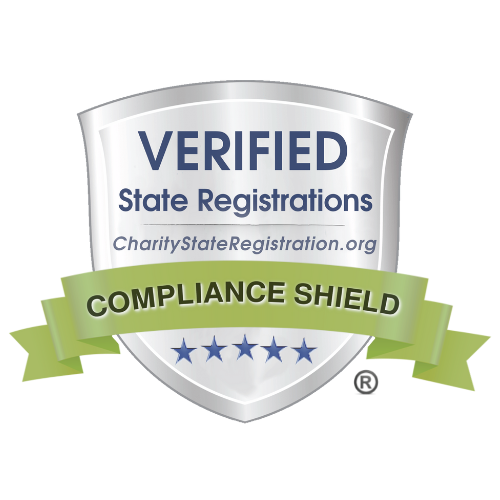IAVA | April 23, 2019
Read: Seasonality and its Effect on Suicidality

This winter has been really long and cold and at some points I thought that spring would never come. As an evening person, daylight savings in March is great for me because I enjoy the added hour of light later in the day. For morning people, not so much. My one complaint? Why is it that we have to time travel on the weekends? Why can’t we pick a Friday afternoon for these changes? Regardless, that added hour of light in the evening (and therefore loss of one hour of sleep on a weekend) means that spring is around the corner.
Although spring begins on the Equinox in March, April is usually the month that most people consider spring to have begun. April is the “growing season” when trees and flowers start to bloom and animals come out of hibernation. Spring brings in the warm weather, more sun, and longer days. It is a sign of hope.
A simple Google search of “What do people think of spring?” yields some pretty positive results. In my search I found some links and articles entitled:
“What do you LOVE about Spring? No Negative Posts!”
“15 Scientific Reasons Spring Is the Most Delightful Season”
“Spring is the season for love, scientifically speaking”
“Top 10 Reasons Why Spring is the Best Season”
Suffice it to say that many people don’t think about spring in a negative light. And many don’t correlate spring with suicide. It is largely believed that suicidal thoughts and attempts, and deaths by suicide increase during the holidays. Except…this is not true.
Say it with me again: this is not true.
People are more likely to attempt suicide and die by suicide during springtime. Researchers have known this for nearly 5 decades. 50 years.
Studies have shown that those born in the spring and summer months are at a higher risk of dying by suicide. And, reports show that the suicide rate among young people increase in the spring and rates of suicide increase during summer months for older people. It appears that seasonality affects suicidality.
For many, April is the deadliest month of the year.
The trend for April’s peak has been falling. But, it is still the peak. Its lethality is largely unknown to the general population. In April 2019, there were 3 veterans who died by suicide in a 5 day period. Knowing this information can make it really difficult to be hopeful.
Almost ironically though, April is the National Month of Hope.
But, what is the definition of “hope?”
My hope is to spread awareness on this wildly important and often taboo subject.
Oftentimes, people who die by suicide reach out for help before deciding to take their lives. There is a desire to make the pain and suffering stop. Suicide is a permanent solution to an often temporary problem.
Know the signs.
Hopeless. Helpless. Unlovable. Three words that many people at risk of suicide believe about themselves.
Remember:
Hope beats suicide.
You are capable and you are strong.
You are loved.
Spread the hope. Pay it forward. Check on one another. Be aware.
What Can You Do to Spread Hope?
Volunteer at a shelter, a nonprofit, or any cause you are passionate about.
Offer support to someone who needs it.
When someone says they need to talk, listen.
Post inspiring quotes on social media.
Lend a helping hand.
H.O.P.E.
Helping
Other
People
Everyday
Let hope sink in.
If you or a veteran you know is in need of assistance accessing quality mental health support, please reach out to IAVA’s Rapid Response Referral Program today.
If you or someone you know is thinking of suicide, call the National Suicide Prevention Lifeline.











